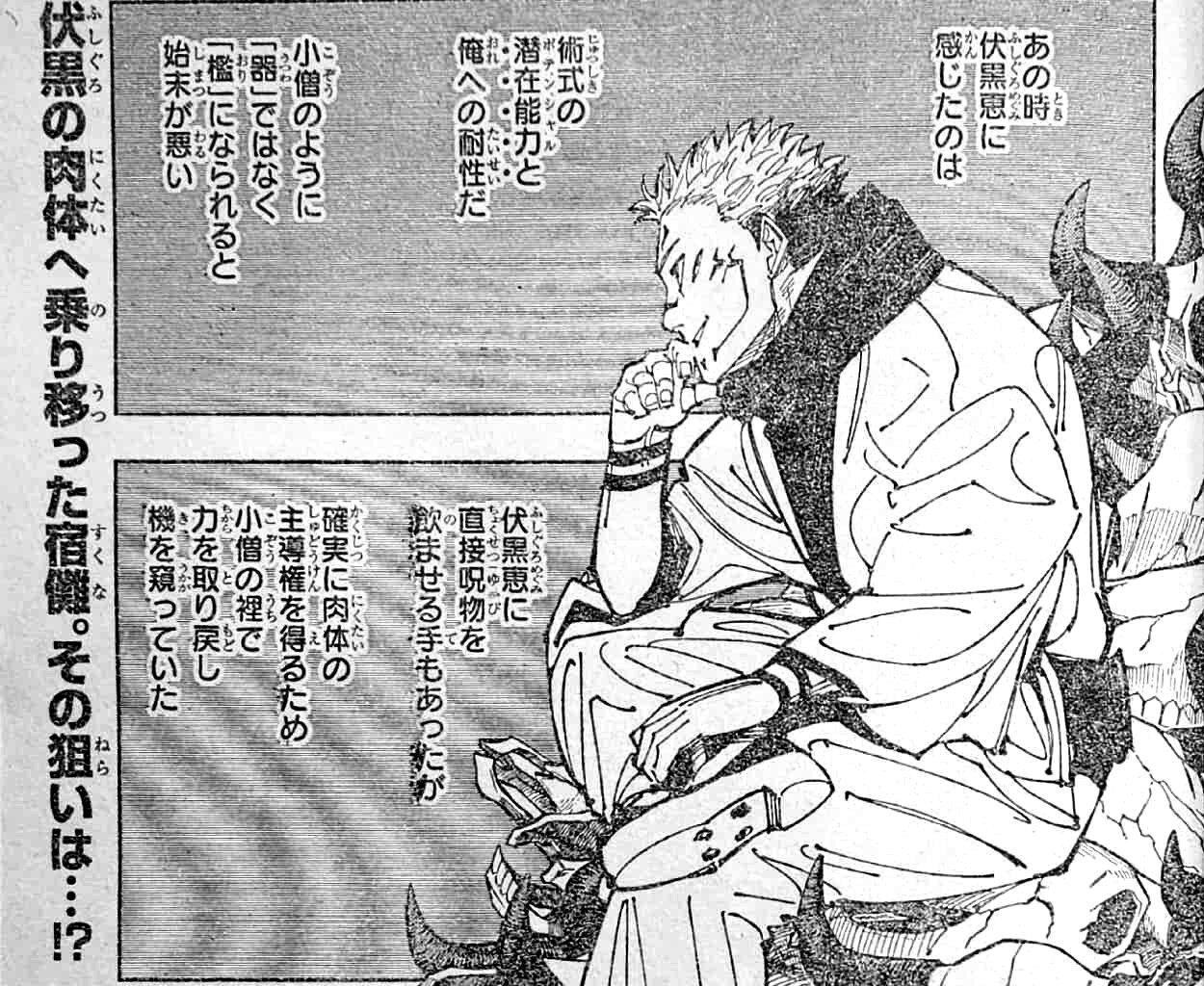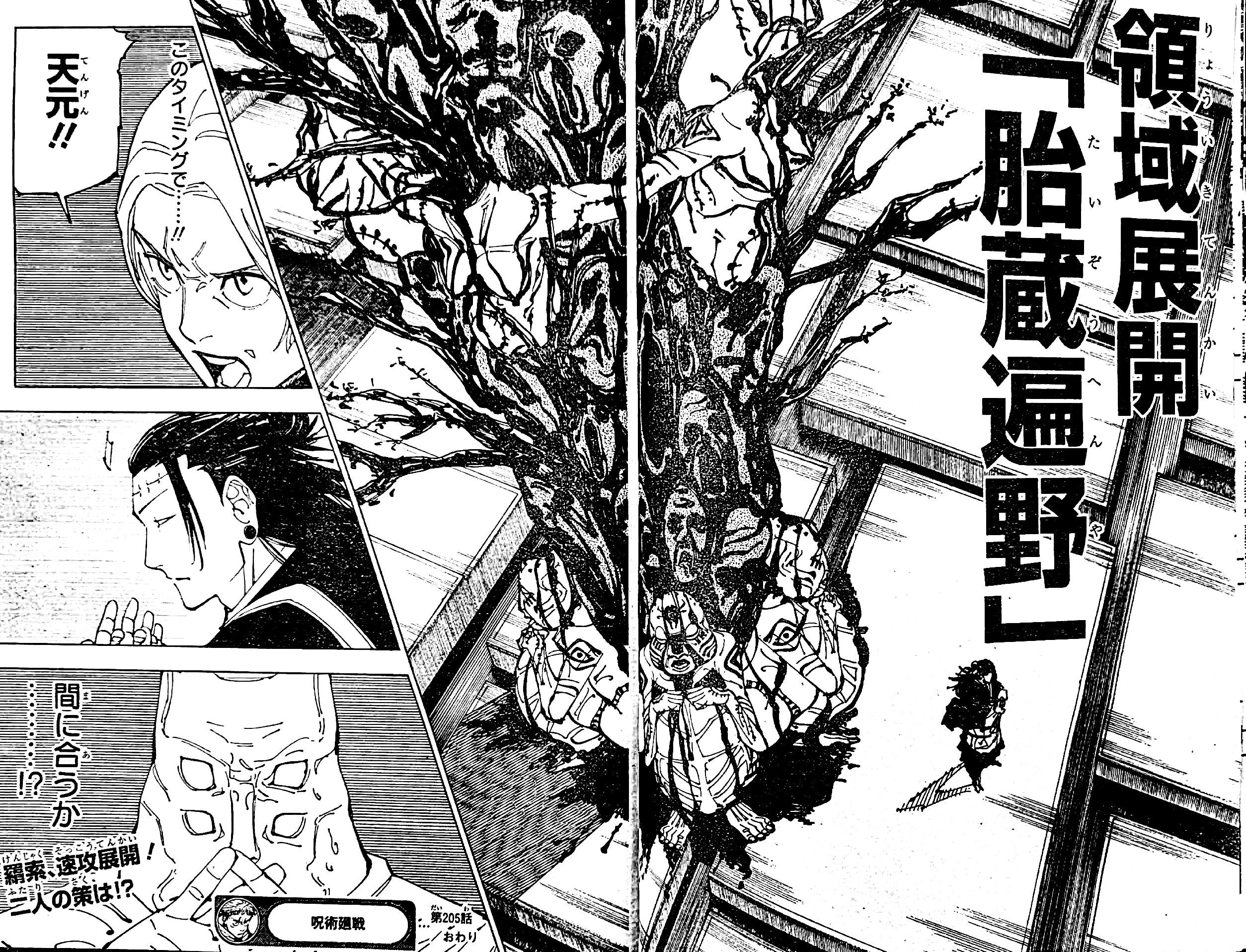Manga raws? Yo, that’s the straight-up, unedited Japanese manga before it gets translated. Think of it as the raw, uncut version – straight from the source! It’s a whole different ballgame compared to the official English releases, with its own perks and pitfalls. We’re diving deep into the world of raws, exploring the legality, the community, and the whole shebang.
Get ready to geek out!
This deep dive covers everything from understanding what manga raws are and how they differ from official translations to the legal and ethical implications of reading and sharing them. We’ll explore the online communities dedicated to translating and sharing these raws, the process of translating and typesetting them, and the impact of raw manga availability on the official manga industry.
We’ll even touch on the visual aspects, comparing and contrasting the look of raws with officially published manga.
Obtain access to beet manga to private resources that are additional.
Understanding Manga Raws
Yo, manga fans! Let’s dive into the world of “manga raws.” Think of it like getting the unfiltered, straight-from-the-source manga experience, before it’s all polished and localized for your language.
Manga Raws Defined
Manga raws are the original Japanese versions of manga, untouched by official translators and editors. They’re the raw, unedited scans of the manga chapters directly from the Japanese publications.
Raws vs. Officially Translated Manga, Manga raws
The main difference lies in the language. Raws are in Japanese, while officially translated manga are in your native language (like English). Official releases also typically have better quality scans, improved typesetting, and sometimes even bonus content.
Platforms Hosting Manga Raws
Several websites and platforms host manga raws, though their legality is often questionable. Many are anonymous forums or aggregator sites; it’s best to be cautious when browsing these sites.
Reading Experience: Raws vs. Translated
Reading raws requires you to know Japanese. If you don’t, you’ll only get the visual experience. Translated manga offer a complete understanding of the story and dialogue, making for a more immersive experience for non-Japanese speakers.
Legality and Ethics of Manga Raws
Okay, let’s get real about the legal and ethical side of things. Reading and sharing manga raws without permission is a serious issue.
Legal Implications of Unauthorized Manga
Distributing or even just reading manga raws without proper authorization is copyright infringement. This can lead to legal consequences, including hefty fines or even lawsuits from copyright holders.
Ethical Considerations of Unauthorized Translations
It’s not just about the law; it’s also about ethics. Reading raws takes away potential revenue from the creators and publishers who worked hard on the manga. It undermines their livelihood and the future of manga creation.
Consequences of Copyright Infringement
The consequences can range from warnings and takedown notices to legal action resulting in significant financial penalties. In some cases, individuals or websites have faced severe legal repercussions for large-scale copyright violations.
Impact on the Manga Industry
Unauthorized distribution of manga raws significantly hurts the manga industry. It reduces sales of official releases, impacting creators’ income and potentially leading to fewer manga being published in the future.
The Community Around Manga Raws
Despite the legal issues, a dedicated community surrounds manga raws. These are groups of fans who translate and share manga for free.
Manga Translation Groups
Many online groups collaborate to translate and typeset manga. They vary in size, skill level, and translation approaches. Some prioritize speed, while others focus on accuracy.
Hypothetical Collaborative Translation Scenario

Imagine a group where one member scans the raws, another translates the Japanese text, a third typesets it, and a fourth checks for errors. This collaborative effort brings raws to a wider audience.
Pros and Cons of Participating in Raw Manga Translation Groups
| Pros | Cons |
|---|---|
| Contribute to fan access to manga | Legal risks of copyright infringement |
| Develop translation and typesetting skills | Time-consuming and demanding work |
| Connect with fellow manga enthusiasts | Potential conflicts within the group |
| Sense of accomplishment | No financial compensation |
The Process of Creating and Sharing Manga Raws
Creating and sharing manga raws involves several steps, from scanning to typesetting and distribution.
Steps in Translating and Typesetting Manga Raws
The process generally involves scanning the physical manga, translating the Japanese text, typesetting it onto the pages, and then cleaning up the final product. This requires specific software and skills.
Software and Tools Used in the Process
Tools like Photoshop, Manga Studio (Clip Studio Paint), and various typesetting programs are commonly used. Specific software for translation and OCR (Optical Character Recognition) might also be utilized.
Hypothetical Step-by-Step Guide
1. Scan the manga pages. 2. Use OCR to extract Japanese text. 3.
Translate the text. 4. Typeset the translation onto the scanned pages. 5. Clean and refine the final product.
6. Compress into a suitable file format (like .cbr or .cbz).
File Formats for Sharing Manga Raws
Common file formats include .cbr (RAR archive) and .cbz (ZIP archive). These formats compress multiple image files into a single file for easier sharing and storage.
The Impact of Manga Raws on the Manga Industry
The availability of manga raws has a complex impact on the industry. While it exposes more people to manga, it also presents challenges.
Effects on Official Releases
Raws can potentially decrease sales of official releases, but they can also increase overall interest in a series, leading to more people buying official copies later.
Increased Interest in Manga
Exposure to raws might pique interest in a series, leading some readers to purchase the official releases for a better reading experience and to support the creators.
Business Models Compared
Official releases rely on sales and licensing agreements, while raw manga distribution is largely unauthorized and doesn’t generate revenue for the original creators.
Strategies for Official Publishers
Publishers could consider strategies like faster release schedules, digital releases, and engaging with the online community to mitigate the impact of raws.
Visual Aspects of Manga Raws
The visual quality of manga raws can vary significantly.
Typical Visual Characteristics of Manga Raws
Raws often have lower image quality than official releases. Text might be blurry, and there might be imperfections from scanning. The typesetting is usually less polished.
Hypothetical Manga Page Description
Imagine a page with slightly blurry scans, Japanese text overlaid directly on the artwork, with potential shadows or imperfections from the original scan. The text might be a bit cramped, lacking the clean spacing of an official release.
Raws vs. Officially Published Manga: Visual Comparison
Official releases boast cleaner scans, professional typesetting, and better overall image quality. The text is usually clearly legible, and the overall presentation is more polished and consistent.
Common Visual Issues in Raw Manga Scans
- Blurry text
- Poor image quality
- Uneven brightness and contrast
- Imperfect scans with creases or stains
- Unprofessional typesetting
So, there you have it – the lowdown on manga raws. From the thrill of discovering untranslated manga to the ethical considerations and the awesome communities built around it, the world of raw manga is complex and fascinating. Whether you’re a seasoned manga reader or just starting out, understanding the nuances of raw manga will give you a whole new appreciation for the art form and the passionate people who make it accessible to fans worldwide.
Stay rad!

